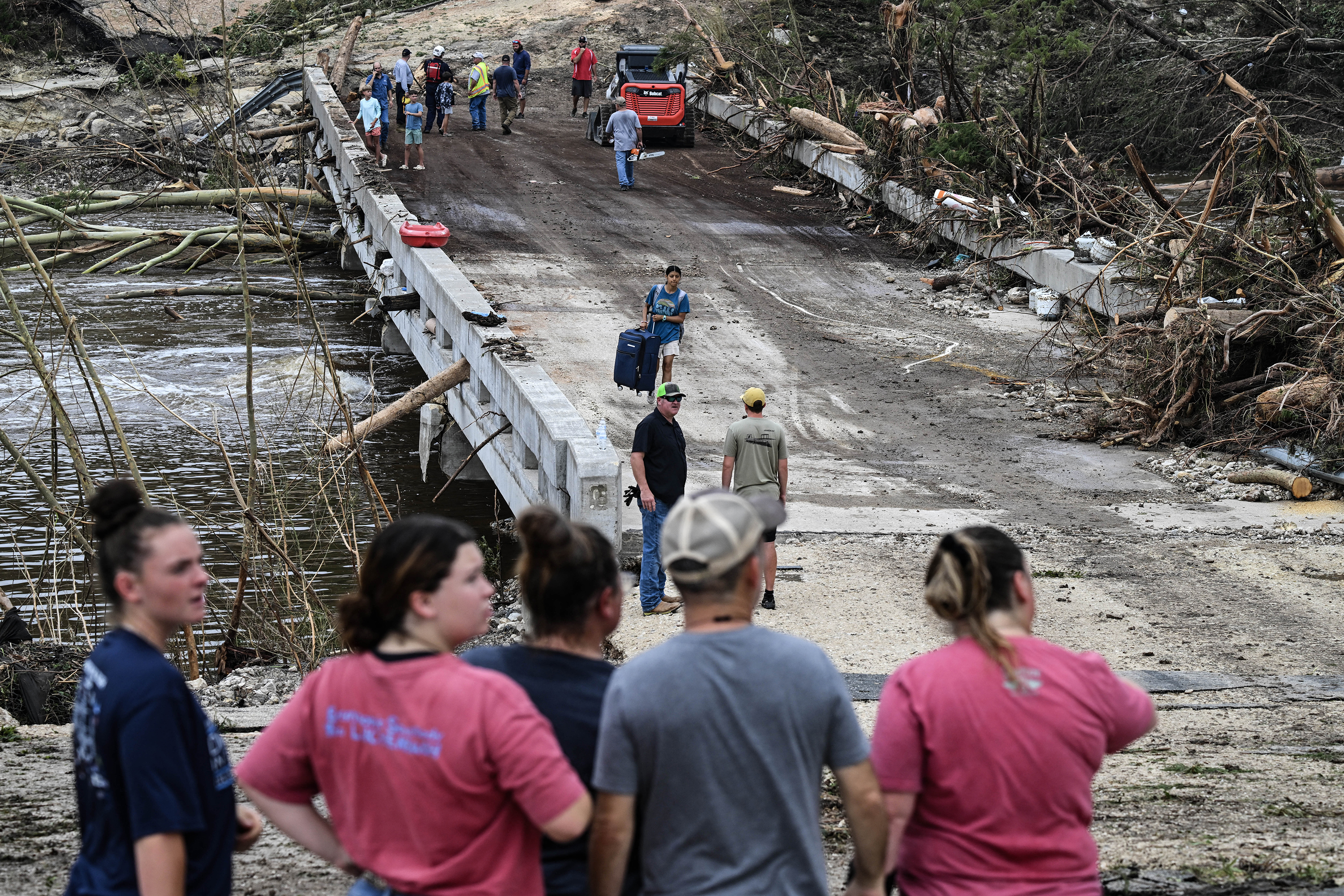How will scientists name the newest elements?
Published 11:01 am Monday, April 11, 2016

- Modern periodic table, in 18-column layout (By Sandbh - Own work, CC BY-SA 4.0, https://commons.wikimedia.org/w/index.php?curid=45579529)
Elements don’t feel real when you have to call them “ununtrium” and “ununseptium.” That’s just Latin for “one-thirteen-ium” and “one-seventeen-ium,” which is about as acceptable as my parents calling me “our second-youngest child-ium.” So I got very excited when the International Union of Pure and Applied Chemistry (IUPAC) – which is kind of like the chemistry government – decided it was time to name the newest elements. Those would be numbers 113, 115, 117 and 118 on the periodic table.
Plenty of people are weighing in, but I spent an afternoon crunching numbers to see if I could guess what the name would be myself.
Methods
I set out armed only with Wikipedia’s list of element names, the year each element was discovered or first used, and a description of each element. I quickly realized I could sort the element names into a list of categories:
Mythology, signaling gods or religious figures, like “mercury” or “titanium.”
Properties the element may have, like “tungsten,” which translates to “heavy stone.”
Places, like “americium,” named after the Americas.
Outerspace, such as “uranium,” named after Uranus.
People, like “fermium,” named after Enrico Fermi.
The rest I grouped under original. Some elements have been in the human lexicon for so long that they were never formally named – we’ve just been using certain words for stuff that looks and act a certain way since who knows when. That includes “antimony,” “aluminum” and “tin.”
I tried my best to keep to those categories. “Helium” proved difficult because it’s named after the sun, yet I put it in properties rather than space because helium was discovered based on analysis of the sun’s light.
Analysis
Most elements are named after their specific properties. Of the 114 elements, 45 have names inspired by their color, how hard they are, how they’re used or how they were discovered. But the atoms of the elements we’re trying to name here fall apart after seconds or less and only exist because scientists work tirelessly to conjure them up in labs. Would we name them “not-last-long-ium?” “Hard-to-make-ium?”
Unlikely. I had to keep digging.
The oldest elements’ names all fall into the “original” category. But after Claude Francois Geoffroy isolated bismuth in 1753, 18th and 19th century scientists almost always named their discoveries after observed characteristics.
The 20th century broke the pattern and marked a major shift in the way researchers picked names. The number of space- and property-named elements flat-lined in 1940 with neptunium and astatine, respectively. Promethium became the last mythological element in 1942. Since then, elements have sometimes been named for places, but usually for people.
Conclusion and discussion
While scientists used to name an element for its properties, there just aren’t that many properties to name the newest ones after — so you can expect elements 113, 115, 117 and 118 will soon bear the names of people or places.
IUPAC gave the group of Japanese scientists who discovered element 113 the right to name it, which was a big deal, since Americans and Europeans named all of the other elements. They will probably go with japonium or niponium, after Japan, or rikenium, after RIKEN, the lab where the element was discovered. But they could go with “elementy mcelementface” if following the suggestions of Nature Chemistry readers.
Elements 115, 117 and 118 are tougher to guess. A team of scientists at the Joint Institute for Nuclear Research in Dubna, Russia and Lawrence Livermore National Laboratory in Livermore, Calif., discovered all three, with some help from other labs for element 117. All of the good names that could have been plucked from that last sentence are taken. Ruthenium is named for Russia and dubnium for Dubna. Then there’s lawrencium, livermorium and californium, named for Ernst Lawrence, the Livermore lab that bears his name and the state of California.
While Russian scientists have said naming the new elements is a “sensitive” topic, it would make sense to call one of the elements “oganessianium,” after Yuri Oganessian, who leads that Dubna lab. As for the U.S. picks, I think shaughnessium, after Lawrence Livermore team leader Dawn Shaughnessy, is a perfect fit for another of the elements.
And the third? There are plenty of American and Russian atomic physicists to pick from, but I think “mandelbaumium” has a nice ring to it.
Special To The Washington Post · Ryan F. Mandelbaum · NATIONAL, HEALTH-SCIENCE · Apr 11, 2016 – 9:42 AM






